14+ APA vs MLA Examples
When it comes to academic writing, adhering to a specific format is crucial to ensure clarity, consistency, and credibility. Two widely used formatting styles are the American Psychological Association (APA) and the Modern Language Association (MLA) formats. Understanding the differences between these styles and knowing how to choose the appropriate one for your research paper or essay can significantly enhance the quality and professionalism of your work. In this article, we will explore the distinctions between APA and MLA formats, provide step-by-step guidance on selecting the right style, address frequently asked questions, and conclude with a creative perspective on the topic.
1. APA vs MLA Notes Format
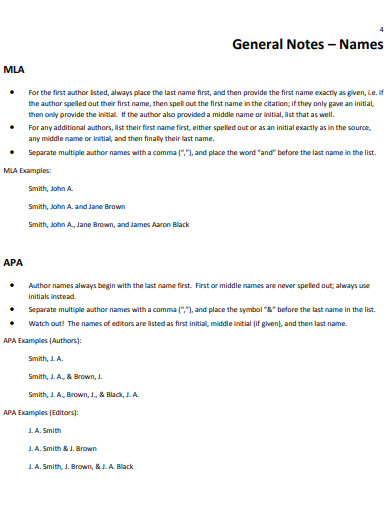
lasierra.edu
2. APA vs MLA Format Example
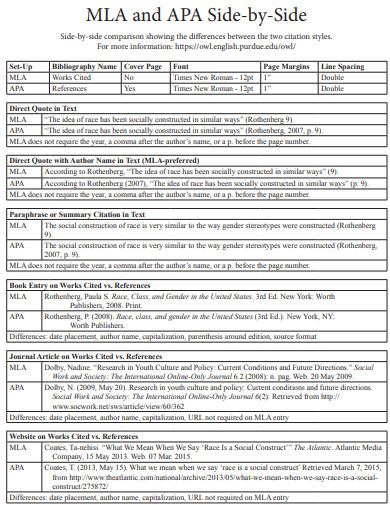
smsu.edu
3. APA vs MLA Text Citations Format
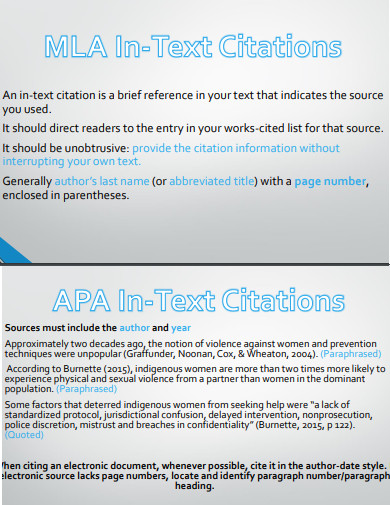
aamu.edu
4. APA vs MLA Citations Format

web.iit.edu
5. Focus of APA vs MLA Style Format
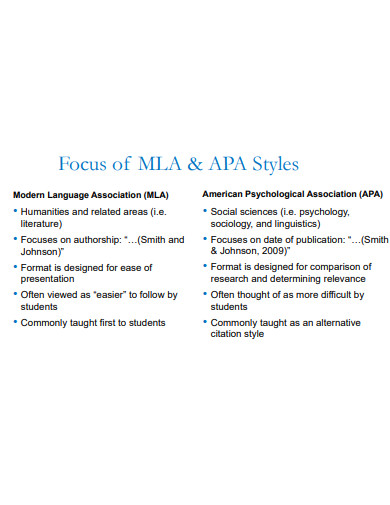
uhcl.edu
6. Purdue OWL APA vs MLA Format
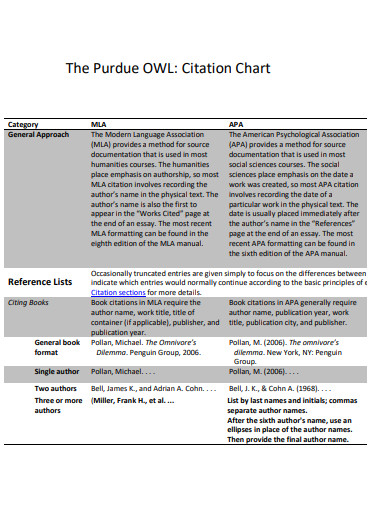
myusf.usfca.edu
7. Sample APA vs MLA Format
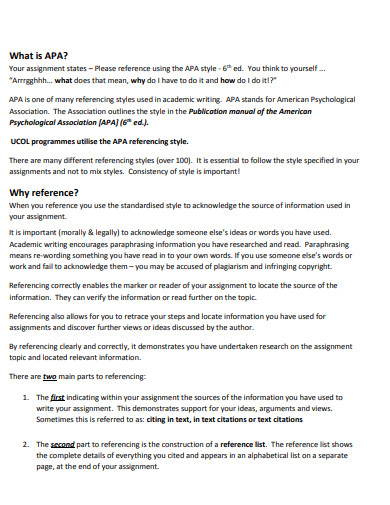
oldi.lipi.go.id
8. Simple APA vs MLA Format
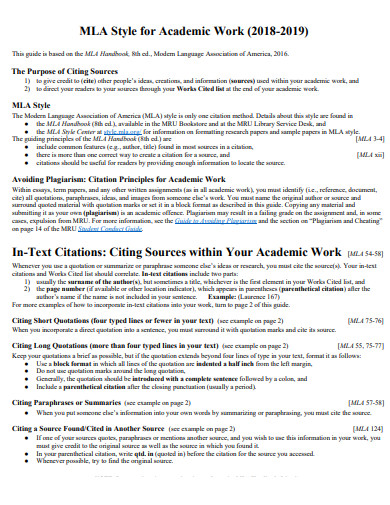
mtroyal.ca
9. Main Differences and Similarities APA vs MLA Format
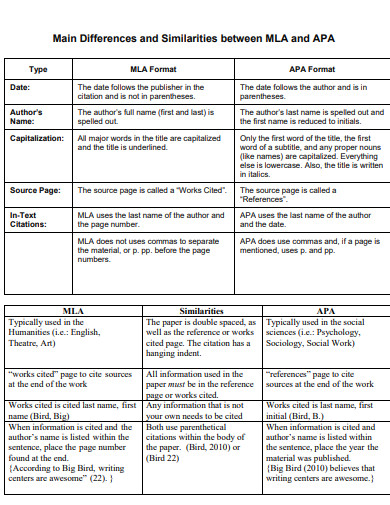
acc.appstate.edu
10. APA vs MLA Format Work Cited
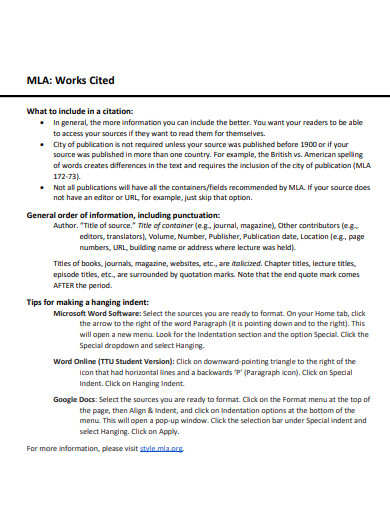
depts.ttu.edu
11. Elements of APA vs MLA Format
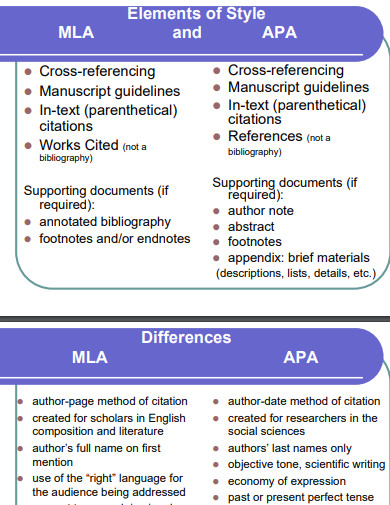
avc.edu
12. APA vs MLA Format Template
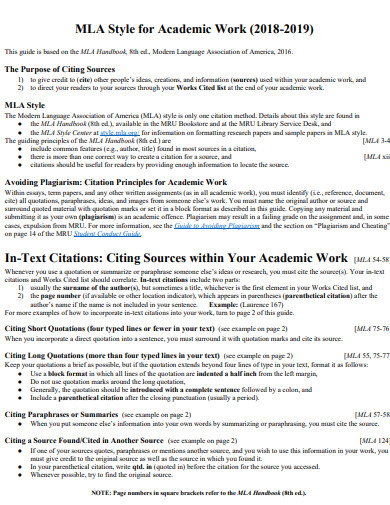
mtroyal.ca
13. Introduction to APA vs MLA Format
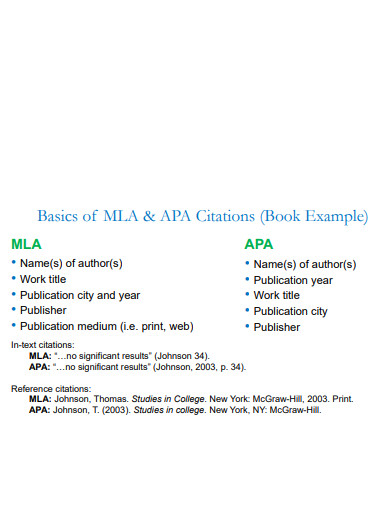
uhcl.edu
14. Standard APA vs MLA Format
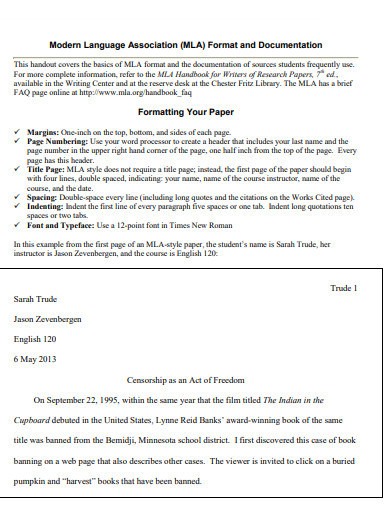
und.edu
15. APA vs MLA In-Text Format

alder.k12.oh.us
What is APA and MLA Format?
APA and MLA formats are standardized guidelines for documenting and organizing academic papers. The APA format is primarily used in the social sciences, such as psychology, sociology, and education. On the other hand, the MLA format is commonly employed in the humanities, including literature, language, and cultural studies. These formats encompass various elements, including text structure, in-text citations, referencing styles, and overall presentation. By following these guidelines, writers can effectively communicate their ideas while providing clear references to their sources.
How to Choose Between APA and MLA Format
Selecting the appropriate format for your academic writing depends on various factors, such as the subject area, institutional requirements, and target audience. Here is a step-by-step guide to help you make an informed decision.
Step 1: Identify the Subject Area and Discipline
Before deciding between APA and MLA formats, consider the subject area of your research. APA format is commonly used in social sciences, while MLA format is prevalent in humanities. Identifying the discipline will narrow down your options.
Step 2: Review Institutional Guidelines
Consult the specific guidelines provided by your institution, professor, or academic department. They may have specific preferences or requirements regarding formatting styles, which will help you determine the appropriate format to use.
Step 3: Consider the Objectives and Goals of Your Paper
The objectives and goals of your paper can also influence your choice of formatting style. APA format focuses on providing clear and concise information, often using headings and subheadings to enhance organization. MLA format, on the other hand, emphasizes the interpretation and analysis of literary texts and may require a different approach to text structure.
Step 4: Evaluate the Importance of In-Text Citations and References
Both APA and MLA formats have their own rules for in-text citations and the construction of works cited or bibliography pages. Consider the significance of accurate referencing and citation practices in your field and select the format that aligns with your requirements.
Step 5: Consult Research Outline Examples and Published Literature
To gain a better understanding of how research papers are formatted in APA and MLA styles, refer to research outline examples and published literature within your discipline. Analyzing these samples can provide insights into the typical conventions and practices used in each format.
FAQs
How do I format my works cited page in MLA?
In MLA format, the works cited page should include a list of all the sources you cited in your paper. Arrange the entries alphabetically by the author’s last name. Each entry should include the author’s name, the title of the source, publication information, and the medium of publication (e.g., print, web).
What is the difference between an in-text citation in APA and MLA?
In APA format, in-text citations include the author’s last name and the publication year, while in MLA format, in-text citations include the author’s last name and the page number(s) of the referenced source. Additionally, APA uses a parenthetical citation style, whereas MLA uses a signal phrase or a parenthetical citation.
Can I use the APA format for a literature review?
Yes, you can use the APA format for a literature review, especially if you are focusing on the social sciences. However, it is essential to consult your professor or academic guidelines to determine if they have specific requirements or preferences for your literature review.
In the realm of academic writing, choosing the appropriate formatting style, be it APA or MLA, is paramount to presenting your work professionally and effectively. By understanding the differences between these formats, considering the goals and objectives of your paper, and evaluating institutional guidelines, you can ensure your research paper or essay is well-structured, accurately referenced, and conforms to the standards of your discipline. Whether it is the meticulous in-text citations of APA or the analytical text structure of MLA, embracing the right format enhances the impact and credibility of your scholarly endeavors.

